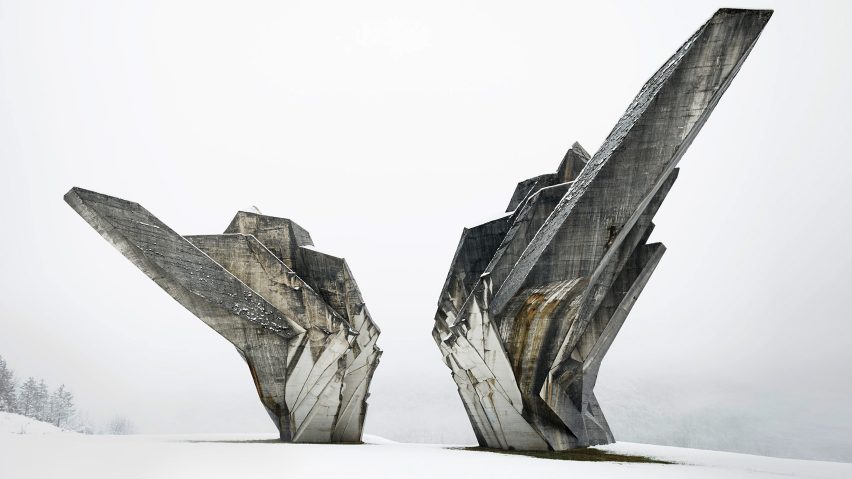
MoMA announces exhibition exploring Yugoslavia's concrete architecture
New York's Museum of Modern Art will examine former Yugoslavia's impressive concrete structures and bold urban planning visions created during its communist years, in an exhibition opening this summer.
Toward a Concrete Utopia: Architecture in Yugoslavia, 1948–1980, will present examples of the distinct style that emerged in the state, which occupied the Balkans region of Central and Southeastern Europe for most of the 20th century.
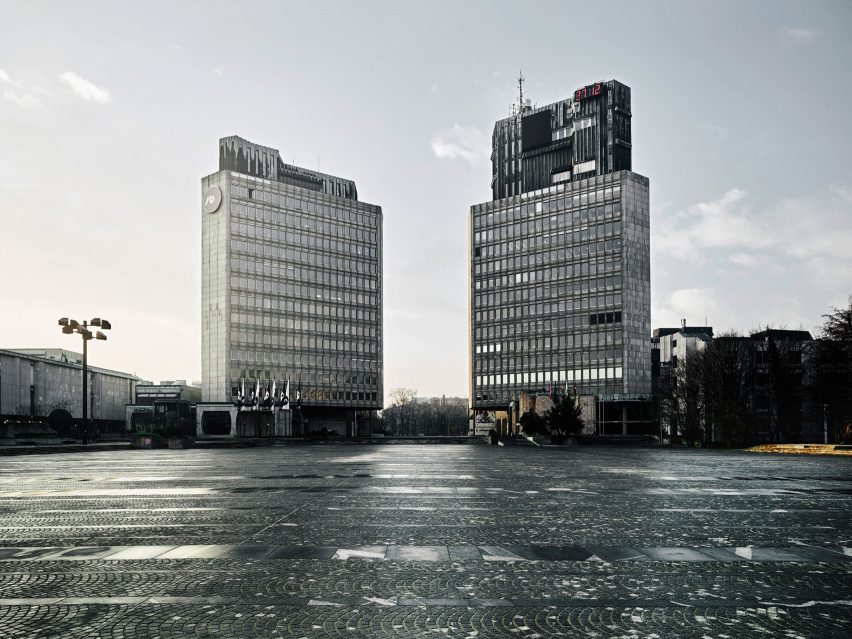
The exhibition will bring together over 400 drawings, models, photographs and film clips showing the region's most impressive architecture, planned and constructed during the later part of Yugoslavia's existence.
"The architecture that emerged during this period – from 'International Style' skyscrapers to brutalist 'social condensers' – is a manifestation of the radical pluralism, hybridity, and idealism that characterised the Yugoslav state itself," said a statement from MoMA.
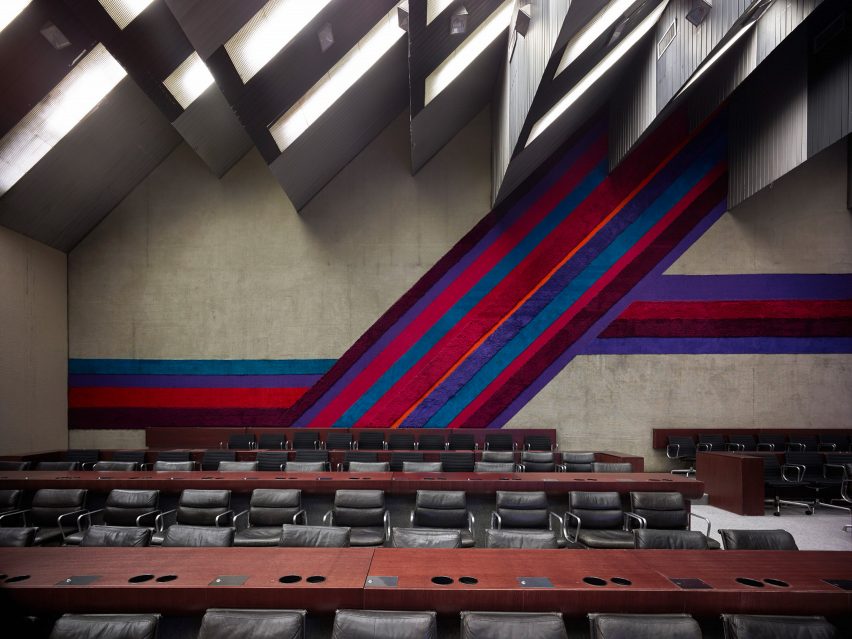
Yugoslavia provides a unique point of study due to its turbulent recent history. The country was initially formed after the first world war as the Kingdom of Serbs, Croats and Slovenes after territories lost by the Austro-Hungarian Empire merged with the Kingdom of Serbia.
It was renamed the Kingdom of Yugoslavia in 1929, then the monarchy was abolished after the second world war and a communist government was established. This spurred many of the monumental construction projects and vast utopic urban plans, similar to those across the Soviet Union during the same period.
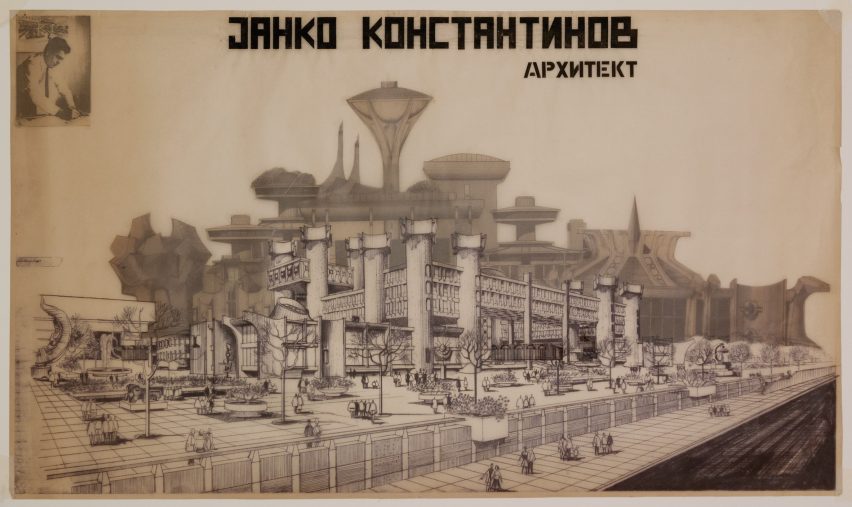
In Yugoslavia, architects including Bogdan Bogdanović, Juraj Neidhardt, Svetlana Kana Radević, Edvard Ravnikar, Vjenceslav Richter, and Milica Šterić emerged as important figures – and all feature in the MoMA show.
Examples of prominent projects provided by the museum include the sculptural interior of the White Mosque in rural Bosnia, the post-earthquake reconstruction of the city of Skopje – based on Kenzo Tange's Metabolist design – and the new town of New Belgrade's large-scale housing blocks and civic buildings.
An economic and political crisis in the 1980s caused the breakup of the state, leading to the Yugoslav Wars in the early 1990s. But today, examples of the architecture can still be found across Croatia, Slovenia, Bosnia and Herzegovina, Serbia, Montenegro, and Macedonia – all formerly part of the state.
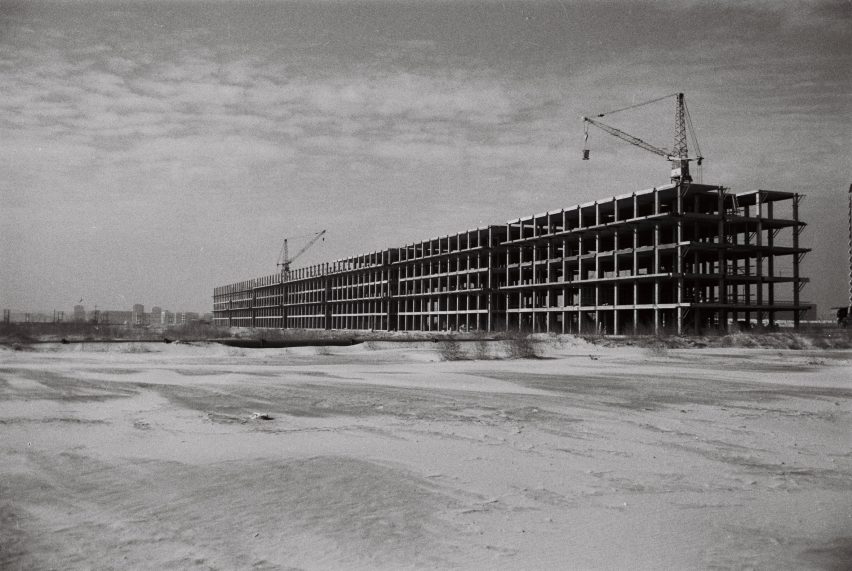
With the exhibition, MoMA aims to introduce the "exceptional built work of socialist Yugoslavia's leading architects to an international audience for the first time".
Toward a Concrete Utopia is organised by MoMA chief architecture and design curator Martino Stierli, curatorial assistant Anna Kats, and guest curator Vladimir Kulić, and will run from 15 July 2018 to 13 January 2019.
MoMA's current exhibitions include Is Fashion Modern? which closes 28 January 2018, and in May the museum will open a presentation of fantastical model cities by Bodys Isek Kingelez. Other shows to look forward to in New York include The Met's Heavenly Bodies, exploring links between fashion and Catholicism, also beginning in May 2018.